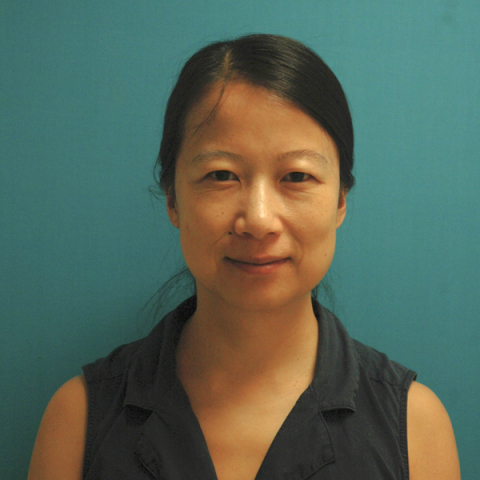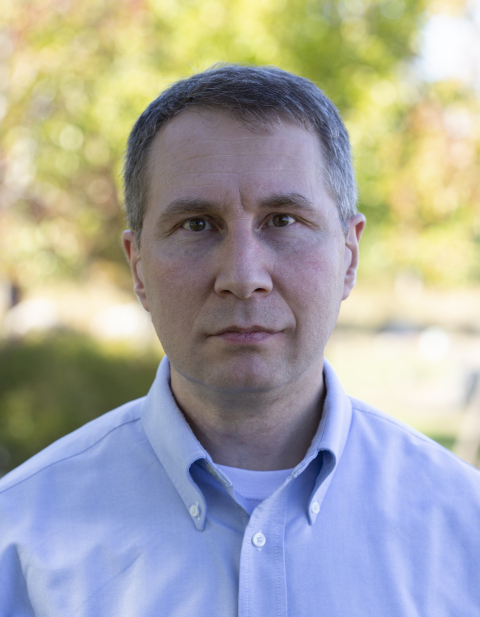
Nadolsky is creating state-of-the-art methods in order to learn about elementary particles’ properties.
Researchers have mimicked a bacterial pathway to break down the toughest parts of a plant in preparation for biofuel processing.
Manipulating iron could alter production of this greenhouse gas.

Her Early Career Award funding supported Zheng and her team in parity measurement research.
Embedded in sea ice for a year, a shipborne observatory will take a rare look at conditions in the rapidly evolving central Arctic.

Strout’s ECA supports the SAIMI project, creating small programming models to increase performance.
Project is among the first to unite artificial intelligence and plant science.

Soukhanovskii’s 2010 ECA supports his work on edge plasma transport and plasma-surface interactions in spherical tokamaks.
The Civic Science Imperative
With help from next-generation particle accelerators, the approach may nail down the rate of oxygen production in the universe.

